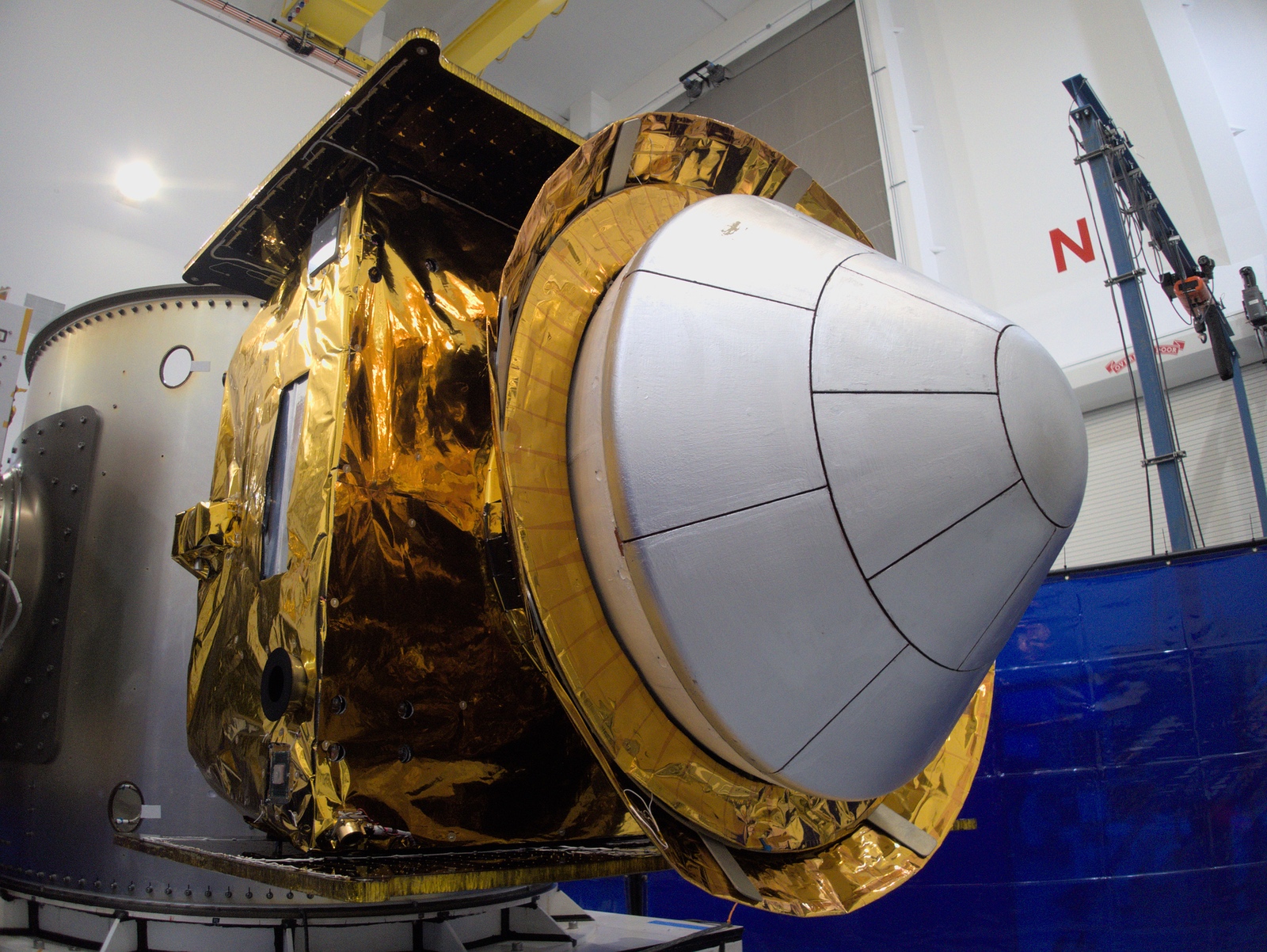WASHINGTON — A startup that launched its first mission to test space manufacturing technologies last month is waiting on a Federal Aviation Administration license to be able to bring what it produced back to Earth.
Varda Space Industries launched its first spacecraft, called W-Series 1, on the SpaceX Transporter-8 rideshare mission June 12, to test the ability to produce crystals in microgravity. Those crystals would be brought back to Earth in a reentry capsule set to return as soon as July 17.
However, Varda said July 20 it was delaying the capsule’s return as it works with “our government partners to ensure everyone is fully ready.” The company didn’t elaborate on those issues or estimate when it would be ready to return the capsule.
In a July 24 interview, Delian Asparouhov, co-founder of Varda, said the company was still working with the Federal Aviation Administration’s Office of Commercial Space Transportation for a reentry license for the spacecraft. That office, best known for licensing commercial launches, is also responsible for overseeing reentries by commercial spacecraft.
A key issue, he said, is that Varda is the first to seek a reentry license under new FAA regulations known as Part 450. Those regulations were enacted by the FAA more than two years ago to streamline the launch and reentry licensing process.
“I think a lot of the collaborations that we’ve had with the FAA have been trailblazing, and we recognize that, given we’re the first, we set the standard for what future Part 450 reentry looks like,” he said. Varda started discussions with the FAA in early 2021, shortly after the company’s founding.
For the commercial launch industry, the Part 450 regulations have become an area of concern. Only a handful of Part 450 launch licenses have been issued to date as the FAA begins a transition to the new regulations, but those licenses have taken longer to complete than expected, in some cases missing a 180-day statutory deadline. Industry officials raised the issue at a July 13 hearing of the House Science Committee and at a July 11 meeting of an FAA advisory group, the Commercial Space Transportation Advisory Committee.
“Part 450 is a new regulatory regime that obviously comes with challenges,” he said. “But we’re also excited to hopefully help set the standard for what this should look like on the reentry side of things.”
Asparouhov said his company didn’t have a firm date for returning the 120-kilogram capsule but was making plans for a potential reentry in early to mid August. In addition to the FAA reentry license, Varda has to coordinate with the FAA’s air traffic organization on airspace closures and with the Defense Department’s Utah Test and Training Range, where the capsule will land.
There are no pressing technical issues that require the capsule to return by a specific deadline, but the company would like to bring the capsule back sooner rather than later. “There’s no reason why you’d want to add on risk by extending a mission beyond what it was designed for,” he said. “Our goal is to bring it home as quickly as possible given the positive business and technical implications for it.”
During its time in orbit, the spacecraft tested the ability to produce crystals of a drug called ritonavir used to treat HIV/AIDS. Telemetry from the spacecraft indicates the experiment went as planned, but the company wants to get the crystals back to verify it did produce the expected crystals.
Varda has “a lot of very eager customers” in the pharmaceutical industry interested in the results from this mission, Asparouhov said. The company will also sell data collected during the capsule’s return to Earth for government customers.
“We are a startup and delaying day by day burns capital day by day,” he said. “I prefer to make progress in shorter periods of time.”
The company is working on its second spacecraft that, like the first, will be manufactured by Rocket Lab using that company’s Photon bus. That spacecraft will launch on the Transporter-10 rideshare mission late this year or early next year.
Future spacecraft will carry more sophisticated equipment for producing crystals for pharmaceutical applications. “This first mission on board had the equivalent of a toaster in terms of like pharma manufacturing capabilities. We definitely need to build the convection oven, the blender and the mixer, a ton more capabilities to satisfy our clients,” he said. “But we’re super happy that we managed to make a little bit of toast.”
